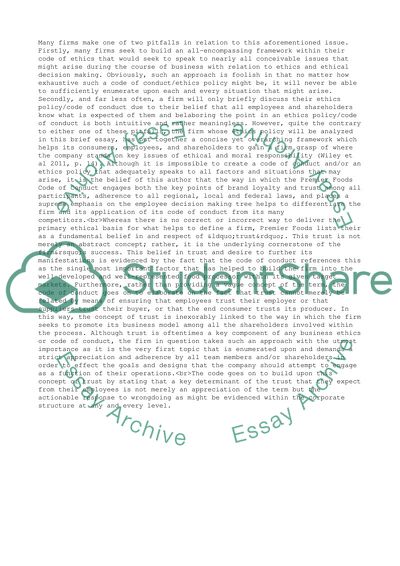Cite this document
(“Premier Foods: A review of its code of ethics and its implications Essay”, n.d.)
Premier Foods: A review of its code of ethics and its implications Essay. Retrieved from https://studentshare.org/business/1402570-business-ethics
Premier Foods: A review of its code of ethics and its implications Essay. Retrieved from https://studentshare.org/business/1402570-business-ethics
(Premier Foods: A Review of Its Code of Ethics and Its Implications Essay)
Premier Foods: A Review of Its Code of Ethics and Its Implications Essay. https://studentshare.org/business/1402570-business-ethics.
Premier Foods: A Review of Its Code of Ethics and Its Implications Essay. https://studentshare.org/business/1402570-business-ethics.
“Premier Foods: A Review of Its Code of Ethics and Its Implications Essay”, n.d. https://studentshare.org/business/1402570-business-ethics.


